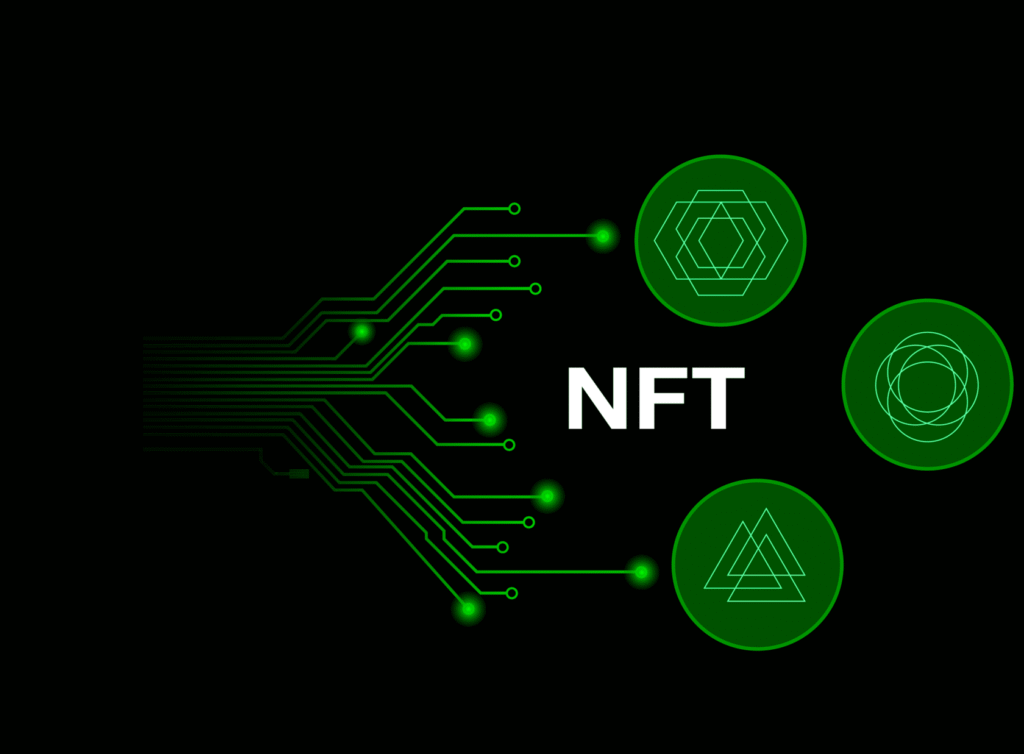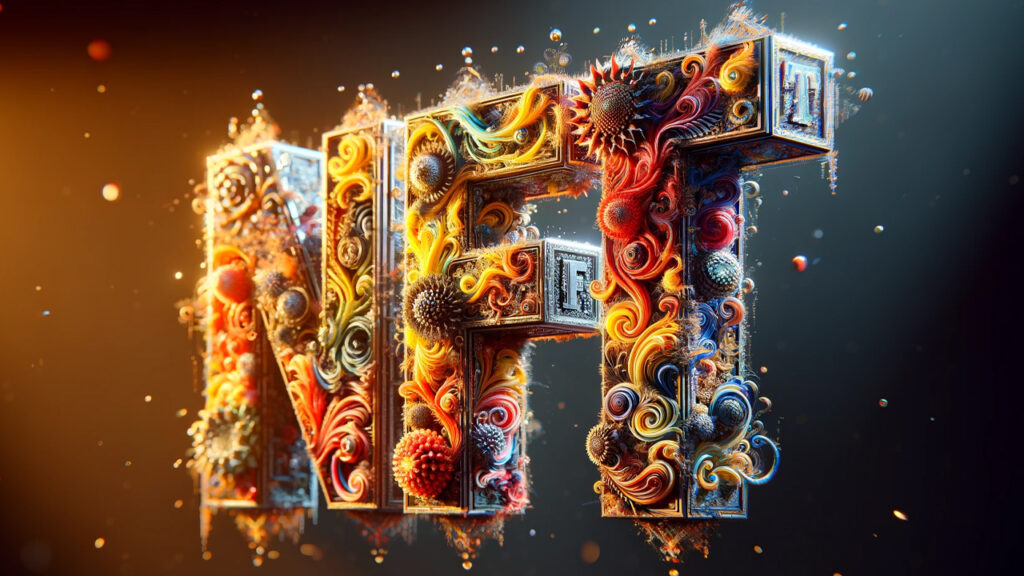
The NFT boom has transformed how we value digital art, but its environmental impact is staggering. A single Ethereum transaction pre-merge consumed as much energy as an average U.S. household for 9 days. While Ethereum’s switch to Proof-of-Stake (The Merge) slashed its energy use by 99%, other chains like Bitcoin-based NFTs still rely on energy-guzzling Proof-of-Work systems. This creates an urgent dilemma for eco-conscious creators and collectors alike.
Emerging solutions show promise. Low-energy blockchains like Tezos (which uses 2 million times less energy than pre-Merge Ethereum) and Solana are gaining traction among environmentally-aware artists. Some platforms now offer “carbon-neutral” NFTs through offsets, while others bake sustainability into their protocols. However, critics highlight that offsets merely compensate for – rather than eliminate – environmental harm. The key is systemic change, not just band-aid solutions.
The role of consumers is pivotal. By demanding transparency about blockchain energy use and supporting green platforms, buyers can drive market shifts. Several artists now disclose their NFT carbon footprints, and collector communities are increasingly prioritizing eco-friendly projects. This bottom-up pressure could accelerate adoption of truly sustainable Web3 technologies.
At Green Glimpse, we see this as a critical intersection of innovation and responsibility. While NFTs present exciting opportunities for creators, their environmental cost can’t be ignored. By championing low-impact alternatives and educating our community, we’re helping shape a digital art revolution that aligns with planetary boundaries. The future of art must be both creative and sustainable – and together, we can make that vision reality.

